
Expansion
Shortly after moving into their new location in 1886, the Richter family quickly outgrew their headquarters on Santa Rosa and Cesar Chavez. They reconstructed their building into a two-story structure which had room for a retail store, office, shipping room, dining room and kitchen on the first floor, and the family’s living quarters upstairs.
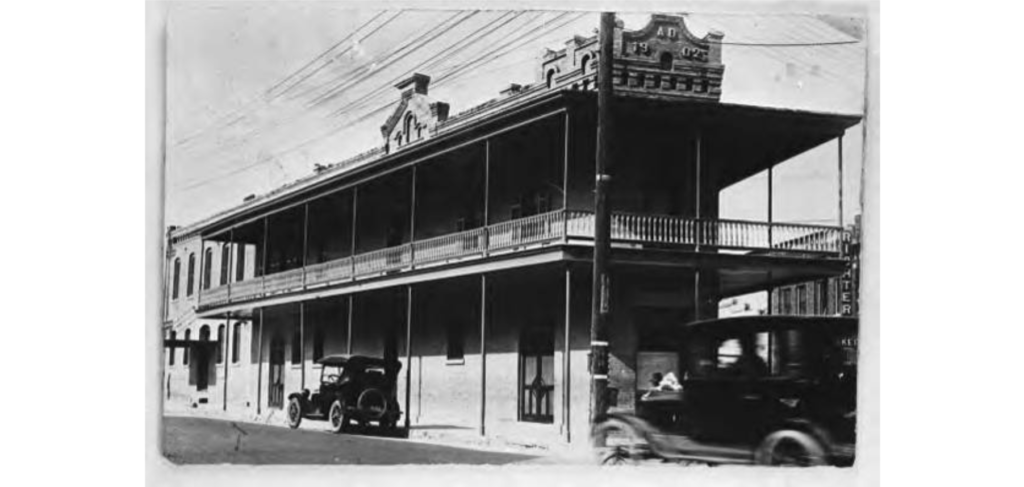
The Best Thing Since Sliced Bread
The company continued to flourish which meant the Richter family needed more buildings to accommodate the growing business. They purchased the property located across the street from their bakery and in 1920 opened their most modern plant yet. This factory produced 150,000 loaves of Butter Krust bread per day, and another manufacturing revolution occurred in 1928 when the company bought its first slicing machine! Butter Krust was one of the first industrialized companies to offer sliced bread to its customers.
Factory Machinery
In addition to the bread slicer, Butter Krust installed expensive flour handling equipment in its plant in 1927. The machine operated at a high speed and helped control the water to flour proportions more accurately than a human could. Employees no longer had to dump flour from the sacks directly into the mixer. The automatic sifter streamlined the mixing process and smoothed out lumps of flour while thoroughly cleaning it. The equipment removed impurities like lint, splinters, and dirt often found in flour sacks.
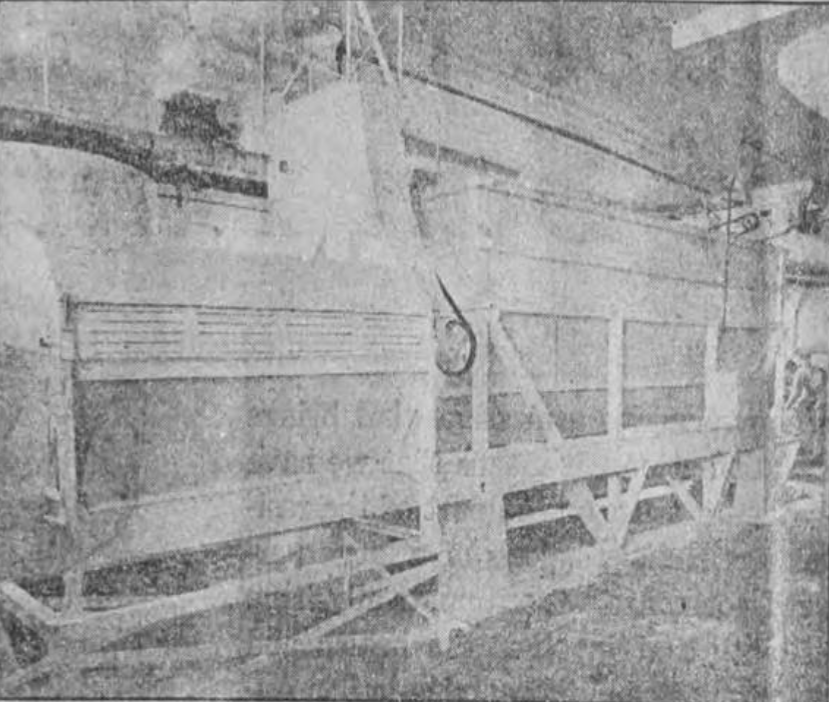
Delivery Services
Butter Krust were not just innovators when it came to factory equipment; they also revolutionized delivery services. By 1890, business was booming for the Richter family and demand for their products increased. They began to deliver their products directly to their customers with horse-drawn carriages. San Antonians were able to enjoy fresh bread delivered to their doorstep daily.
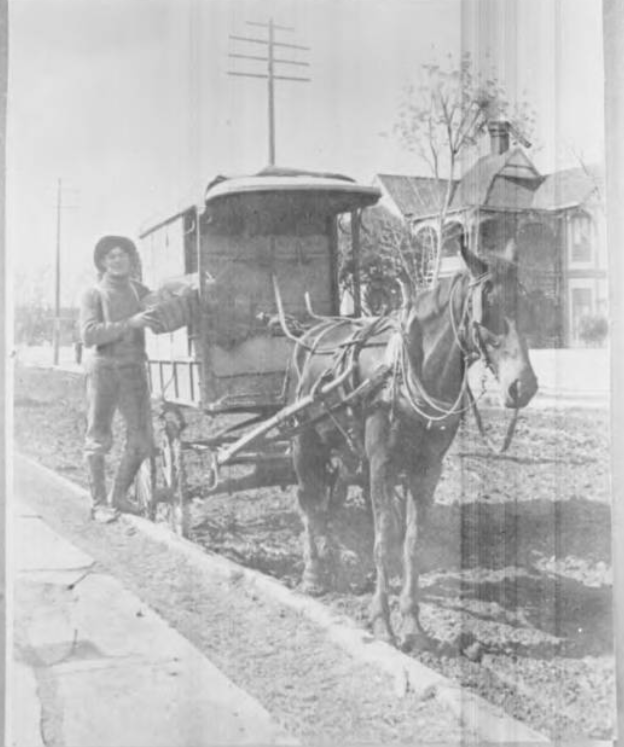
The delivery service was a huge success, and soon the family built a 12-stall stable to accommodate all the horses. Pictured on the right is a Butter Krust driver and delivery wagon from the 1890s or early 1900s. Automobiles were still not very common at this time, therefore many roads in San Antonio were not paved. Notice the dirt road that the horse and driver are standing on.
Butter Krust delivery wagon | Courtesy UTSA Special Collections
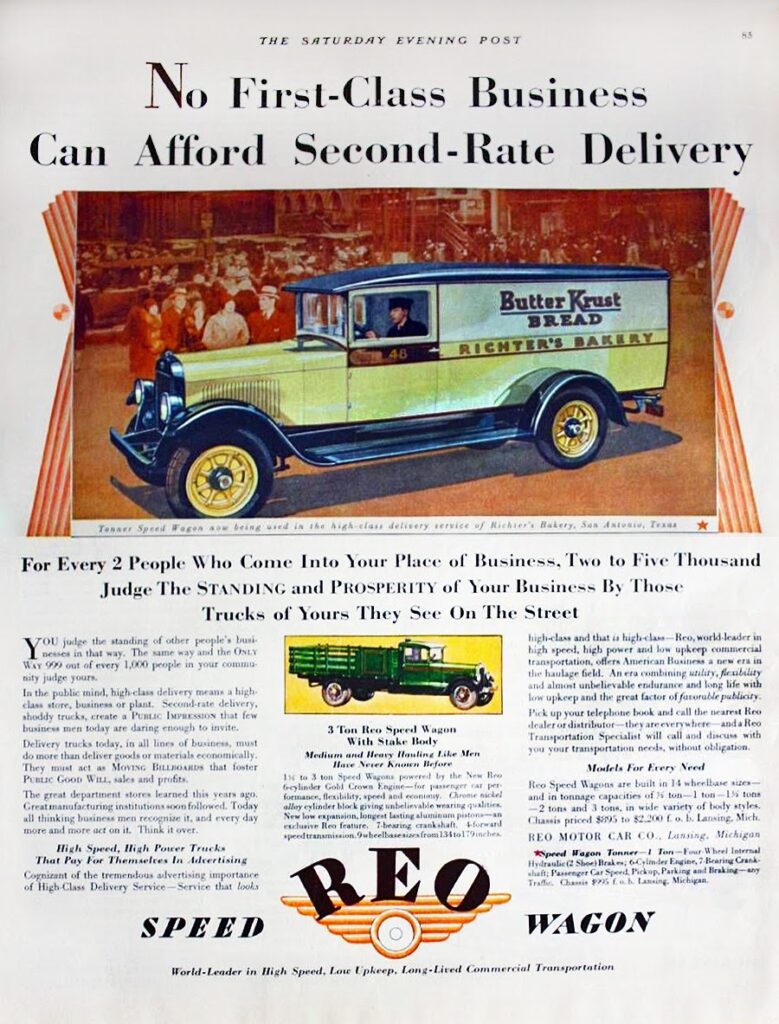
As the automobile industry advanced, so did Butter Krust’s delivery services. By the 1920s the company was shipping their products all over Texas. To meet the new delivery demands, horse-drawn carriages were replaced with the REO Speed Wagon. These trucks were the predecessors to the modern pickup truck we see on the roads today. Known for their high quality, REO Speed Wagons had excellent hauling power and long last durability ideal for delivering Butter Krust bread. The advertisement on the left features a top of the line, REO Speed Wagon, Butter Krust delivery truck.
1929 REO Speed Wagon ad | Courtesy of transpress nz
Sadly, the REO Speed Wagon company did not survive the Great Depression. However, Butter Krust continued to grow their fleet of delivery trucks with the latest vehicles. Below is footage featuring Chevy Butter Krust trucks undergoing regular maintenance and thorough cleaning. All delivery vehicles featured the iconic blue gingham trim all around the truck. (Note: video has no sound.)
Bread Packaging
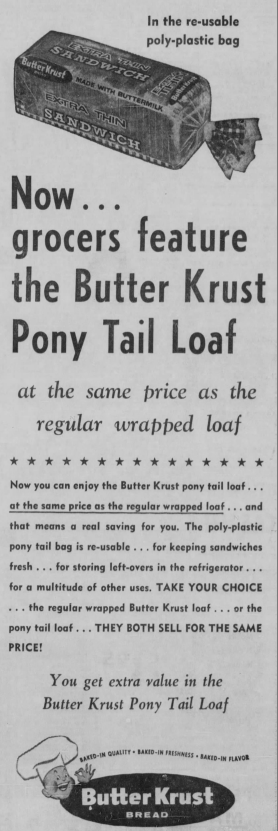
Perhaps one of Butter Krust’s smallest innovations was also one of its longest lasting. For years the company had wrapped its bread in paper, but by 1965 the company introduced new packaging. Coined the “pony tail loaf,” consumers now had the choice of buying their bread in a reusable poly-plastic bag. The wrapped loaves were still offered, but the pony tail bags soon became the standard packaging for most bread manufacturers as it still is to this day. The photo on the right is a newspaper advertisement listing some of the benefits of the new plastic bag packaging. Below is a wrapped loaf of Butter Krust bread.
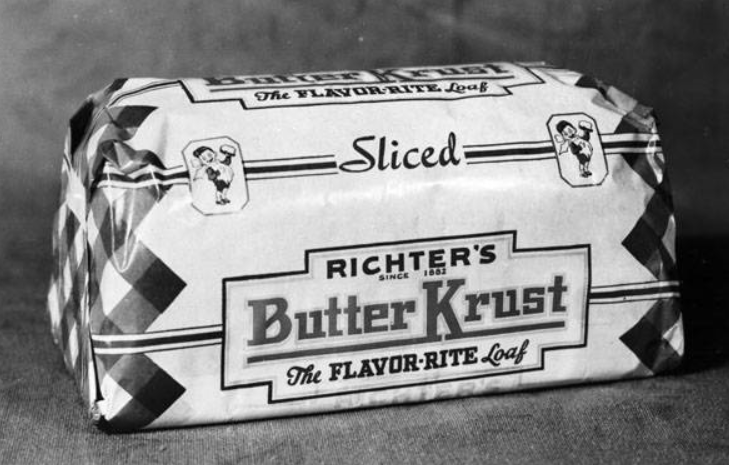
From factory equipment that streamlined the bread making process, to innovations in delivering and packaging, Butter Krust was always ahead of its competitors. All of these innovations led to the company’s rapid growth and success over the years, ensuring that Butter Krust has remained a household name more than a century later.
Click the button below to continue.
